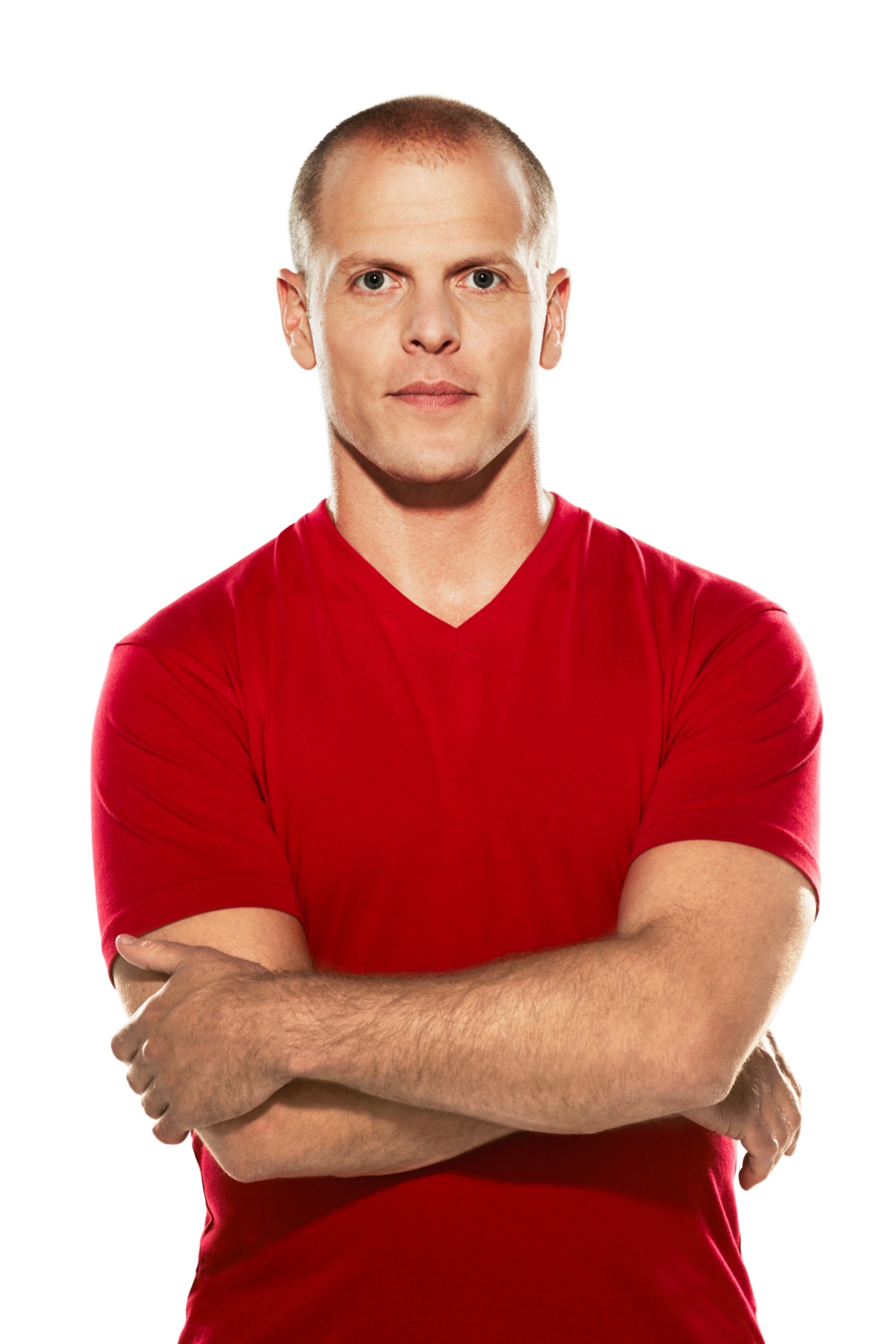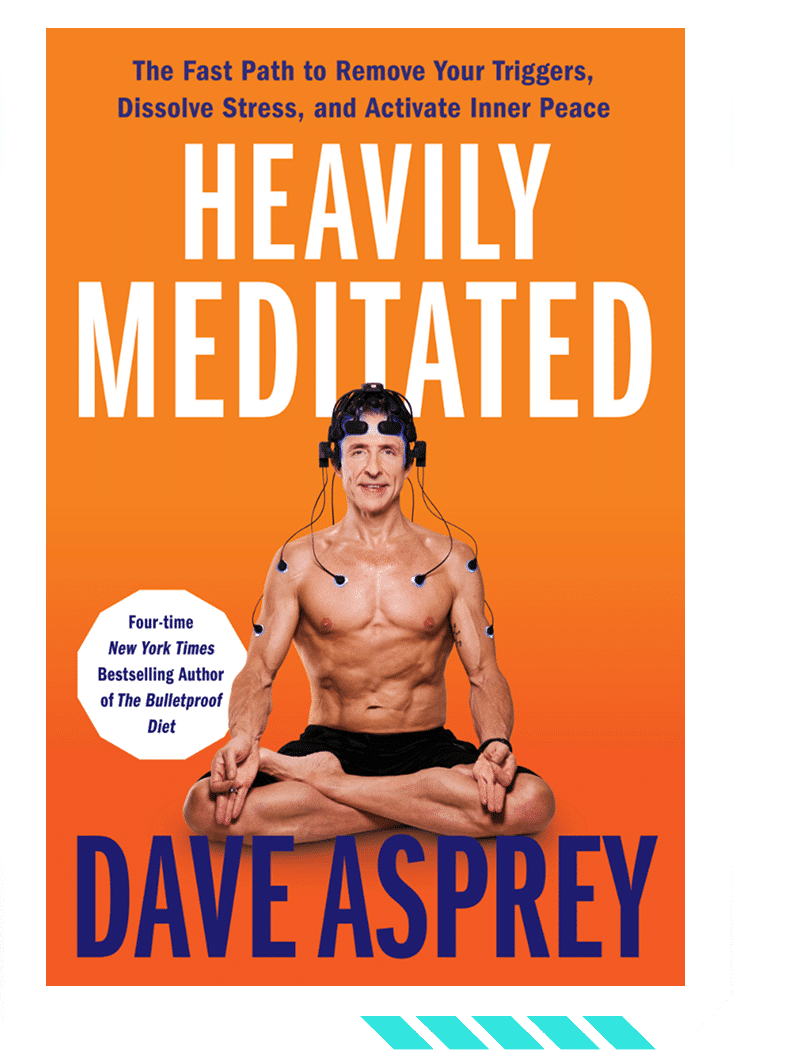
Mashup of the Titans – Part 2 w/ Tim Ferriss – #371
Timestamps
0:00 – Cool fact of the day!
1:30 – Teeter
3:00 – Welcome to part 2 with Tim Ferriss
3:15 – Ibogaine
5:45 – Microdosing with other substances
15:40 – Overcoming opioid addiction
20:00 – Tim’s experience with Lyme Disease
23:00 – Biohacking with alcohol
28:00 – Traumatic brain injuries
36:00 – More on Tools of Titans
39:00 – How many titans have used psychadelics?
42:00 – Tim’s 3 most important tools to kick ass
Featured
Tools of Titans by Tim Ferriss
Resources
Moral letters to Lucilius/Letter 13
Bulletproof
Adventures in Ayahuasca & Psychedelic Medicine with Dennis McKenna – #329
The Ibogaine Experience – Treating Addiction with Alternative Medicine: #289
Rick Doblin: Healing with Marijuana, MDMA, Psilocybin, & Ayahuasca
Subscribe To The Human Upgrade
In this Episode of The Human Upgrade™...
BOOKS
4X NEW YORK TIMES
BEST-SELLING SCIENCE AUTHOR
Smarter
Not Harder
Smarter Not Harder: The Biohacker’s Guide to Getting the Body and Mind You Want is about helping you to become the best version of yourself by embracing laziness while increasing your energy and optimizing your biology.








